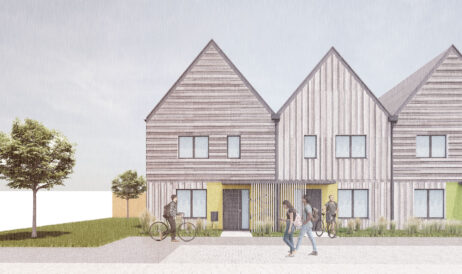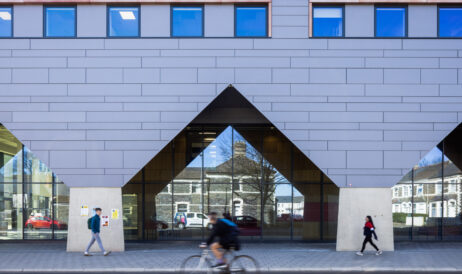I find development on campuses to be really interesting microcosms of the world around us, yet that’s not how they are generally seen.
Over the years, we have had wide range of commissions to create visions, masterplans and estate strategies for institutional clients, such as for hospitals and universities.
As a practice, we are known for our sector expertise, especially in areas such as healthcare. But what really interests me, from an urban design perspective, is getting under the skin of how and why a campus actually works.
In order to do that, we have to stop seeing campuses as just healthcare or academic environments. The reality is, for the overwhelming majority of people who engage with these campuses, they are places for working in, residing in and for visiting.
They are, in fact, mini town centres in their own right.
As an industry, why should we consider healthcare estates any differently from other major development sites that occupy similar land areas in our city and town centres?
There will always be good reasons for retaining a tight control over certain aspects of estates, especially when it comes to operational efficiencies, but when we consider how people use these estates, it seems that we take certain things for granted without actually properly interrogating those assumptions.
To put that into context, a medium-sized hospital complex might have 8000 people working there, of which 5000 might be on site at any one time. Combine that with a daily visitor population of something in the region of 3000 people, of which 700 could reasonably be expected to stay overnight. That immediately highlights the need for such environments to provide a broad range of facilities and spaces to support the welfare of those workers, visitors and patients. This made all the more pressing in the healthcare sector where stress and emotional levels are often higher than in a typical community.
The wellbeing of a healthcare campus community can’t just be served by respite spaces, coffee shops or water features. Instead they require a holistic approach to the overall layout and operation of the campus to ensure that the right mix of spaces, facilities and services are properly distributed where people need them.
We should be thinking of our healthcare environments as beacons of hope and life, not endless car parks and waiting rooms. George Cadbury once said, while considering his plans for the Bournville estate, that ‘no man ought to be condemned to live in a place where a rose cannot grow’. Surely that’s just as applicable to our healthcare estates?
Want to talk more about healthcare estates? Get in touch with Paul for a chat. Or meet our healthcare team at Heathcare Estates 8th-9th October.







